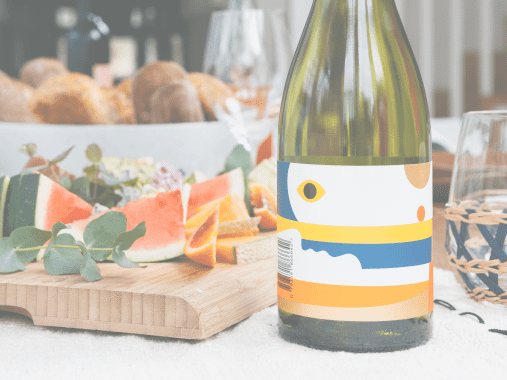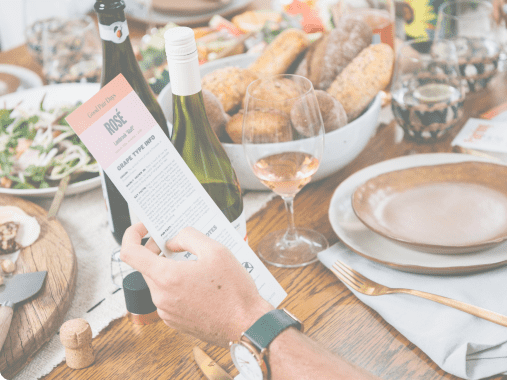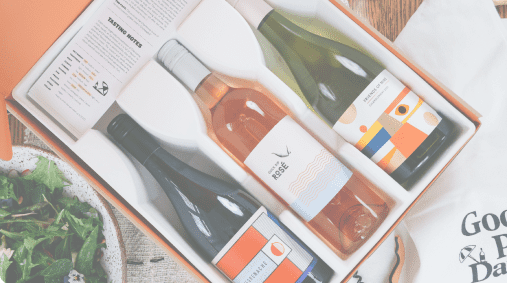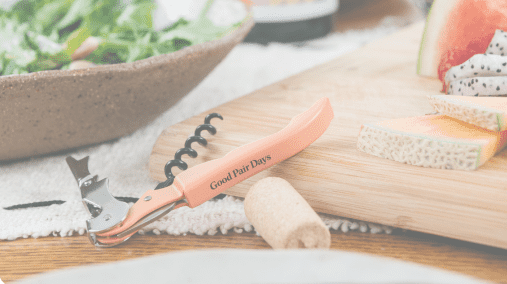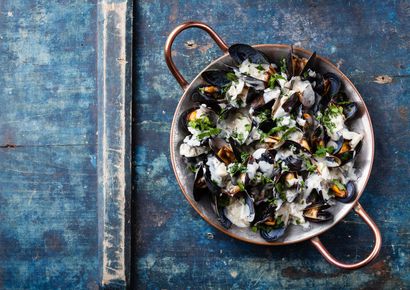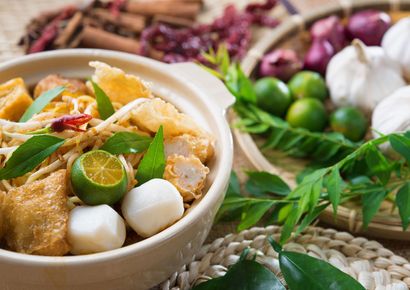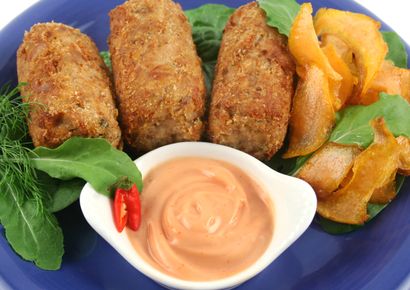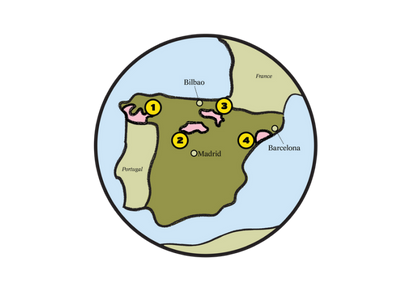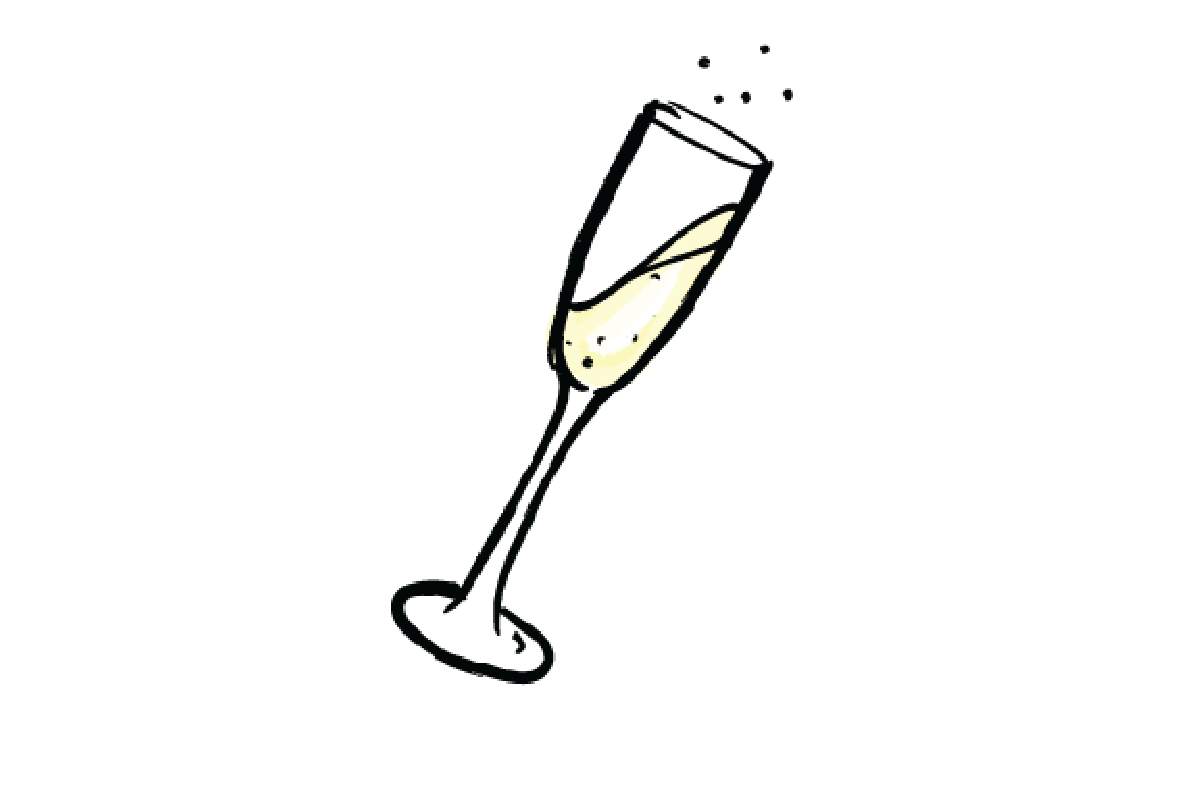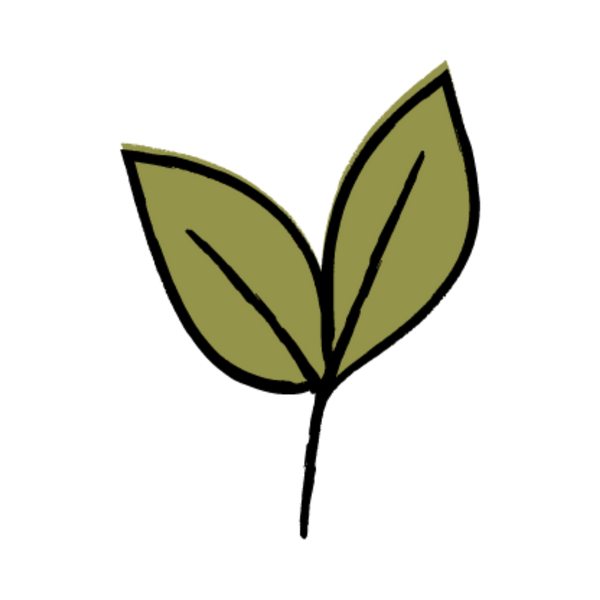

You're on our UK site. Are you sure you want to continue?
Fernando Castro 'Señorío de Espiga Brut' Sparkling NV
Primary flavours

Bitter Lemon

Grape

Lemon Zest

Fennel

Grass

Herbs

Lemongrass
Details
This blend of Airén, Verdejo and Sauvignon Blanc brings in notes and characters of each variety effortlessly. There is a beautiful aromatic quality at play here, with notes of lemon rind, honey and meal, fringed with herbal, savoury flavours that finish with an unmistakably grassy accent.
Origin: The original sparkling wines were made in a place called Limoux in southern France. Mainly Grown In: These days, the whole world sparkles - these styles are made anywhere and everywhere, from a range of grape varieties. Key Facts: Champagne gets all the attention, but there's so much more to the world of sparkling than that. In fact, there are four main methods of production for sparkling wine, each producing slightly different styles and flavours. What is common across all of them however is really focussed, tangy acidity (due mostly to harvesting the grapes early - the acidity is needed to keep the sparkling wine fresh) and an elegant fruit profile. Main flavours often include various citrus fruits, crunchy green apples, and hints of honey or biscuit. At the end of the day though, it's about those bubbles and the refreshment factor! Fun Fact: Sparkling wine can be made in many ways - Traditional Method, Tank (Charmat) Method, or Ancestral Method. The biggest difference is the quality of the bubbles (referred to as the 'bead' or 'mousse').
Origin: The original sparkling wines were made in a place called Limoux in southern France. Mainly Grown In: These days, the whole world sparkles - these styles are made anywhere and everywhere, from a range of grape varieties. Key Facts: Champagne gets all the attention, but there's so much more to the world of sparkling than that. In fact, there are four main methods of production for sparkling wine, each producing slightly different styles and flavours. What is common across all of them however is really focussed, tangy acidity (due mostly to harvesting the grapes early - the acidity is needed to keep the sparkling wine fresh) and an elegant fruit profile. Main flavours often include various citrus fruits, crunchy green apples, and hints of honey or biscuit. At the end of the day though, it's about those bubbles and the refreshment factor! Fun Fact: Sparkling wine can be made in many ways - Traditional Method, Tank (Charmat) Method, or Ancestral Method. The biggest difference is the quality of the bubbles (referred to as the 'bead' or 'mousse').
Read more
Taste Profile
This wine’s tasting notes.
Sweetness

lowmediumhigh
Body

lightmediumfull
Fruitiness

nonesomelots
Tannins

lowmediumhigh
Acidity

lowmediumhigh
Oak

nonesomelots
Alcohol

low
(under 12%)medium
(12-14%)high
(14%+)
Taste Summary
This wine’s tasting notes are leaning towards medium bodied, low sweetness, with medium acidity, very fruity, low tannins, low alcohol and no oak.
Specs
Region
Castilla y Léon
country
Spain
Grape type
Sparkling (Other)
Wine Maker
Fernando Castro
Alcohol
10%
Vintage
NV
Cellar period
1-3 years
Closure
Cork + Cage
Production method
Vegan
Pairing guide
Beautifully dry and with a crisp, bright vivacity, this sparkling brut wine from Señorío de Espiga is the perfect choice for lunch dates, dinner parties, celebrations and more. It’s a great pairing for all kinds of battered and fried foods - especially tempura prawns and vegetables - but will also work brilliantly with Spanish rice dishes, hard cheeses, crispy fritters and croquetas. Delicious with all kinds of tapas and antipasti, this fizzy wine is guaranteed to make an impact.
Read more
Food

Antipasti

Shellfish

Aperitif

Sushi
Tastes

Crisp

Fruity

Creamy
Moods

Adventurous

Celebratory

Always A Winner

Romantic
Seasons
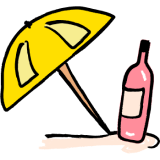
Summer
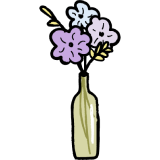
Spring
Recipe Matches
Wine region
Castilla y Léon, Spain
Castilla y León is a Spanish wine region that'll have you saying "Salud!" in no time. With a mix of hot, dry plains and cool, wet highlands, it's the perfect place to grow a variety of grapes, including Tempranillo, Garnacha and Verdejo. This region has a rich history of winemaking, dating back to the days of the Roman Empire, and is now the largest wine producer in Spain. Castilla y León is also home to several DO (Denominación de Origen) wine designations, which means the wines here are of the highest quality and authenticity. So why not grab a glass and discover why Castilla y León is a wine lover's paradise with its diverse range of flavours and styles? Olé!
Read more









